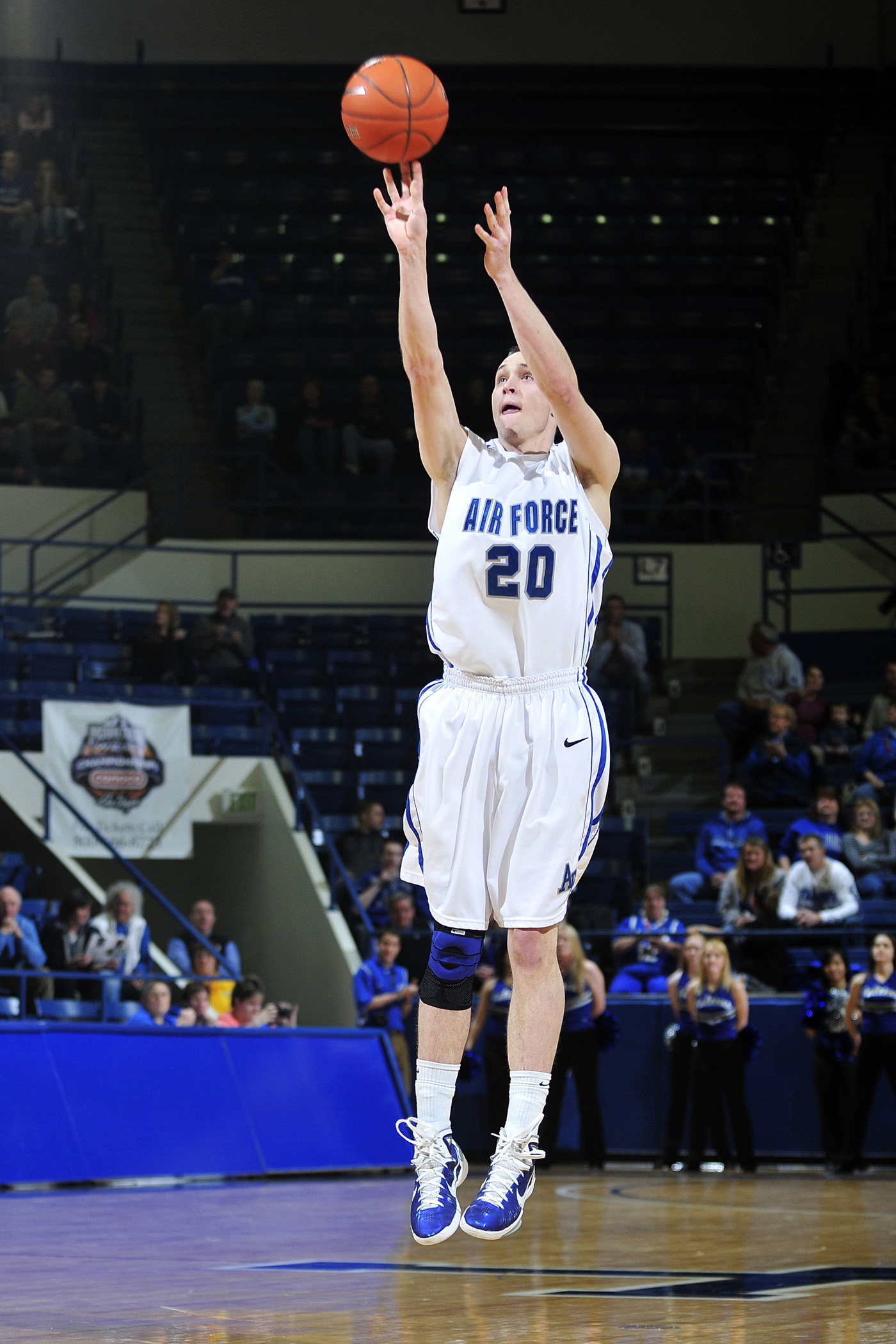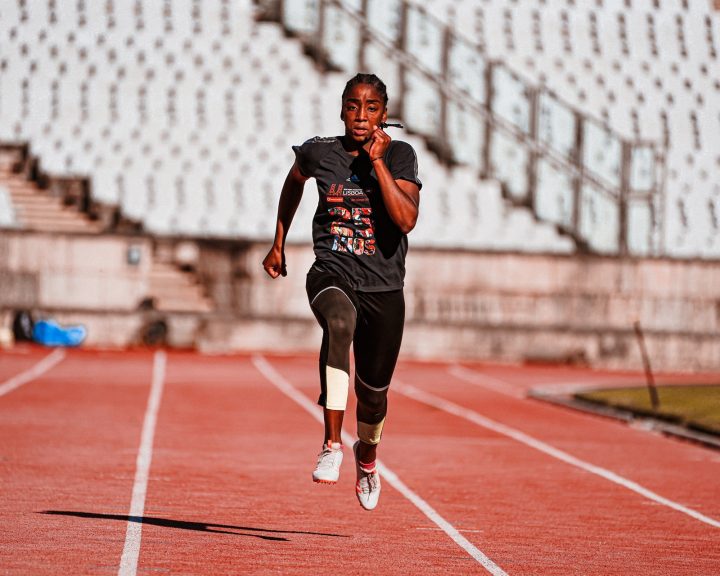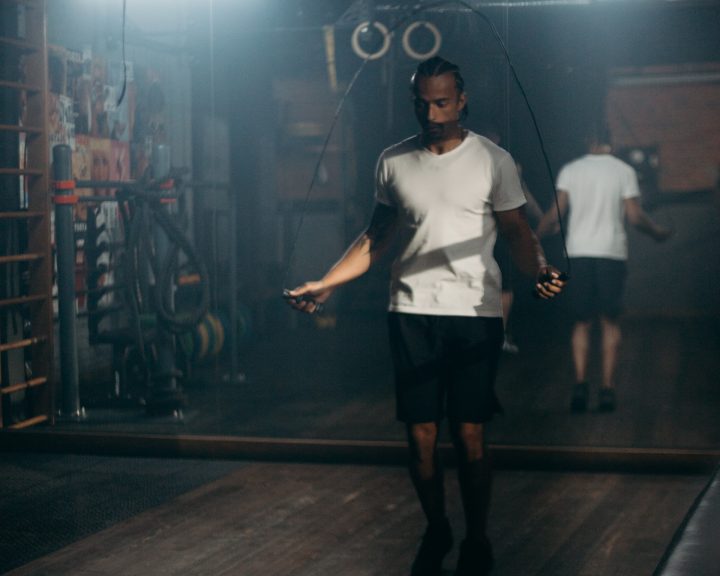In 1978 Pekka Luhtanen and Paavo Komi had an article published in the European Journal of Applied Physiology looking at how different body segments contribute to performance of the vertical jump. At the time this was a groundbreaking article and it’s even one that I used in my master’s research (I looked at Olympic lifting and its influence on increasing the vertical jump). I’m going to present this research in a different order than I usually do, first I’ll talk about what they found, then how this information could be applied, and lastly I’ll talk about some concerns.
First, the authors studied eight male volleyball and basketball players. We’re not given a whole lot of information about the subjects except for body mass (mean of around 73 kilograms), height (mean of around 1.8 meters), and segment lengths (upper arm this long, forearm this long, etc.). So we don’t know their ages, level of play, etc.
Subjects performed segmental movements (which I’ll describe later) and two vertical jumps on the force platform. Based on the vertical jumps, the subjects generated 1005 Newtons of force, took around .32 seconds to perform the vertical jumps, and achieved a take-off velocity of a little over 3 meter per second. We are never told how high the subjects jumped in this study. What is interesting is that the authors determined how much different body segments in a vertical jump contribute to the take-off velocity:
• Knee extension: 56%
• Plantar flexion: 22%
• Trunk extension: 10%
• Arm swing: 10%
• Head swing: 2%
If that’s all you read in this paper, then it has some implications for the conditioning of athletes that need to improve their vertical jump. First, the arm swing has a real impact on performance. This suggests the need for working on the timing of the arm swing, the need for total body strength training exercises (like the snatch and its variations), and also the need for working on the lower body components independent of the arm swing (i.e. develop the 78% from knee extension/plantar flexion). Second, it shows the importance of developing the lower body for the vertical jump – both in terms of knee extension ability and plantar flexion. Again, Olympic lifts, plyometrics, and lots of squats. Finally, the trunk extension suggests this could be a weak link for performance. This reinforces the importance of the Olympic lifts, squats, and hip extension exercises like Romanian deadlifts and deadlifts.
Hold on. While I agree with these points, the question comes up about how exactly the authors were able to determine this contribution so precisely. To determine this, in addition to the two vertical jumps on the force platform, the authors had the subjects perform seven different movements on the force platform: plantar flexion, knee extension, trunk extension, head swing, several different arm swings. This information was then added up, which allows for the determination of how much each body segment contributes to the total.
The authors note that based upon adding up the segments, the actual jumps only generated 76% of the theoretical maximum calculated. In other words, the author conclude that the jumpers were only able to use ¾ of the available energy in a multi-joint movement.
Why is this method challenging? Because it is not a given that by calculating movements of different body segments, adding them up, and determining how much each contributes to this whole equals how much each contribute to performance in the vertical jump. This is because the vertical jump is a totally different movement than what each segment performed independently.
There are also other complications. Athletic fitness (strength, power) can complicate everything. Athletes that have more strength/power or less will perform the jump differently. Athletes with more skill (or less skill) in jumping will perform the jump differently.
Luhtanen, P. and Komi, P.V. (1978). Segmental contributions to forces in vertical jump. European Journal of Applied Physiology, 38: 181-188.



